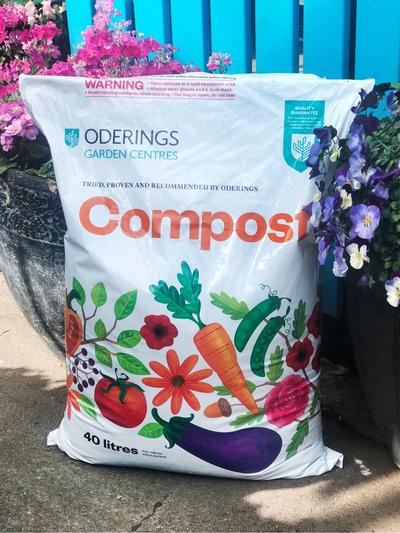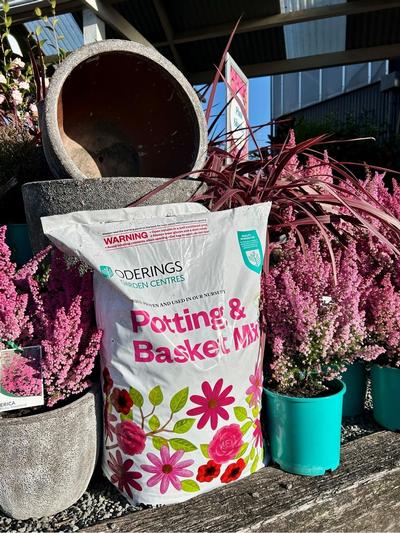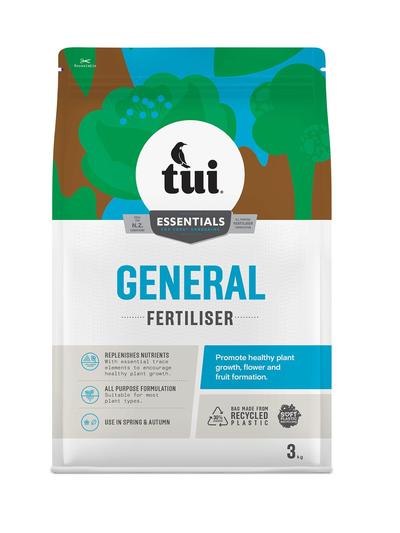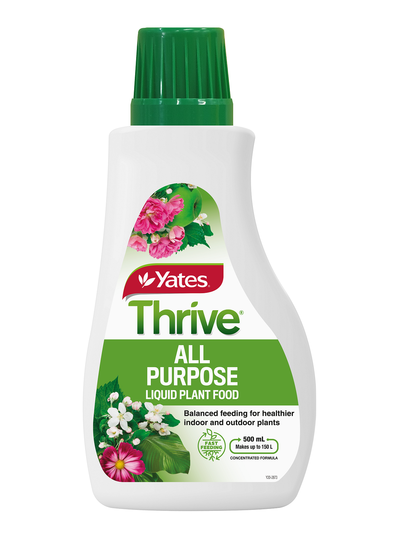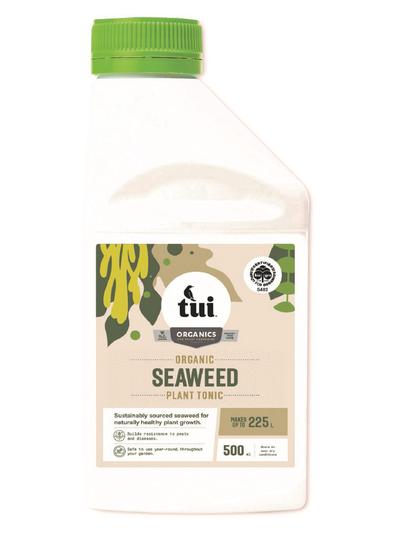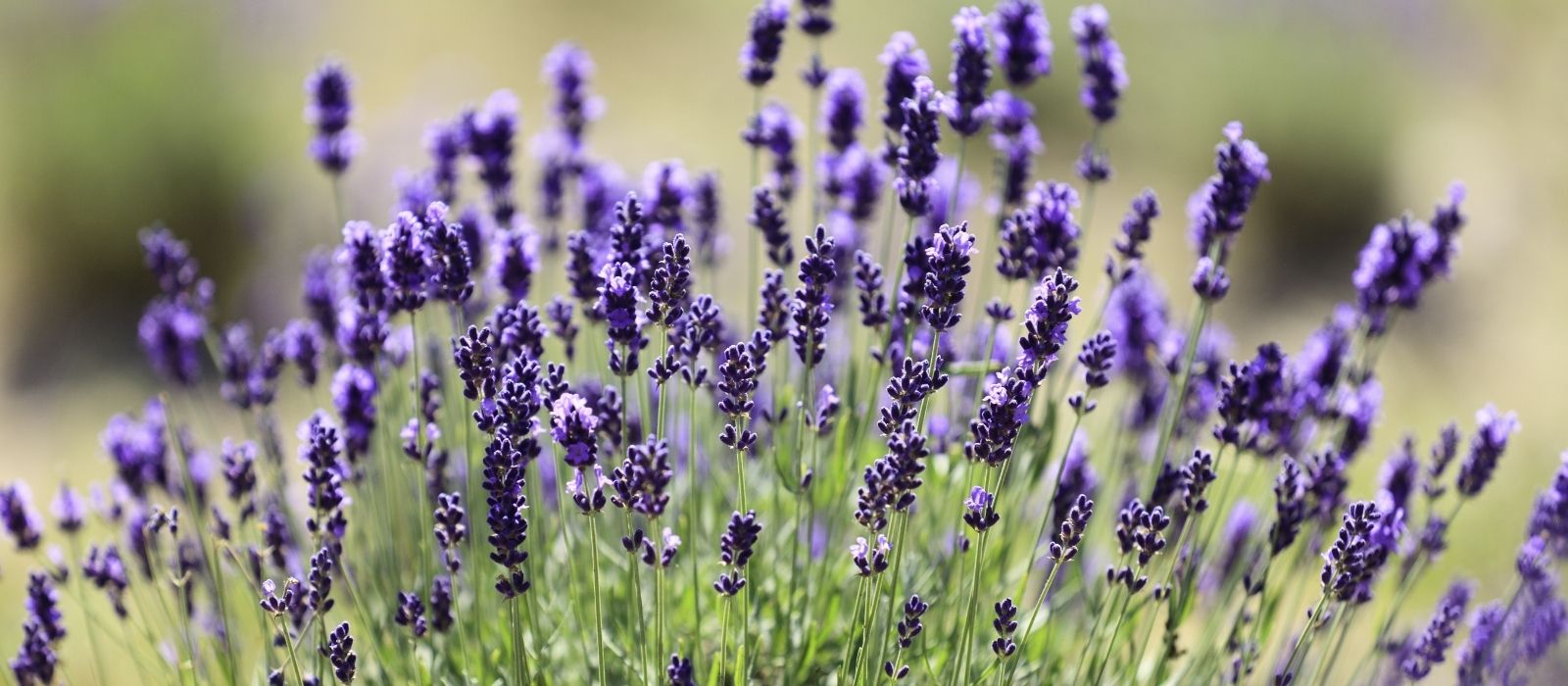
Lavender is a versatile shrub/herb from the mint family, prized for its fragrance, essential oils, and stunning blooms. With so many varieties, there’s a lavender for every garden style and purpose.
Position
Lavender thrives in full sun with well-draining soil. It’s drought-tolerant once established, making it perfect for New Zealand’s diverse landscapes.
Prepare Soil
Garden: Loosen soil deeply and mix in compost or organic matter for optimal drainage.
Pots: Use a free-draining potting mix with added grit or sand for better aeration.
Feed
Garden: Apply a light dressing of balanced fertiliser in spring to promote growth and flowering.
Pots: Feed with a liquid fertiliser every 6–8 weeks during the growing season.
Watering & Mulching
Water lavender deeply but infrequently, allowing the soil to dry between watering. Mulch around the base with gravel or bark to suppress weeds and retain moisture while ensuring good airflow.
Protection
Lavender is hardy and naturally pest-resistant, but avoid overwatering to prevent root rot. Prune after flowering to maintain shape and encourage a second bloom.
Harvest
Cut lavender flower spikes just as they begin to bloom for the best fragrance. Hang to dry and use in sachets, potpourri, or for crafting essential oils.
Garden Expert Tip
For a Mediterranean-inspired garden, pair lavender with rosemary, sedum, and silver foliage plants. Alternatively, plant lavender alongside roses for a timeless, romantic garden theme.
Our Picks for the Season
- Lavender stoechas Major: Rich dark purple flowers from early spring to late summer, growing to 60 cm tall.
- Lavender stoechas Avonview: Masses of deep purple flowers, fast-growing to 60 cm tall.
- Lavender stoechas Pukehou: Silvery foliage, intense violet flowers, and large purple bracts, growing to 60 cm tall.
- Lavender angustifolia Hidcote: Compact, dense blooms with dark blue flowers from late spring to summer, growing to 30 cm tall.


